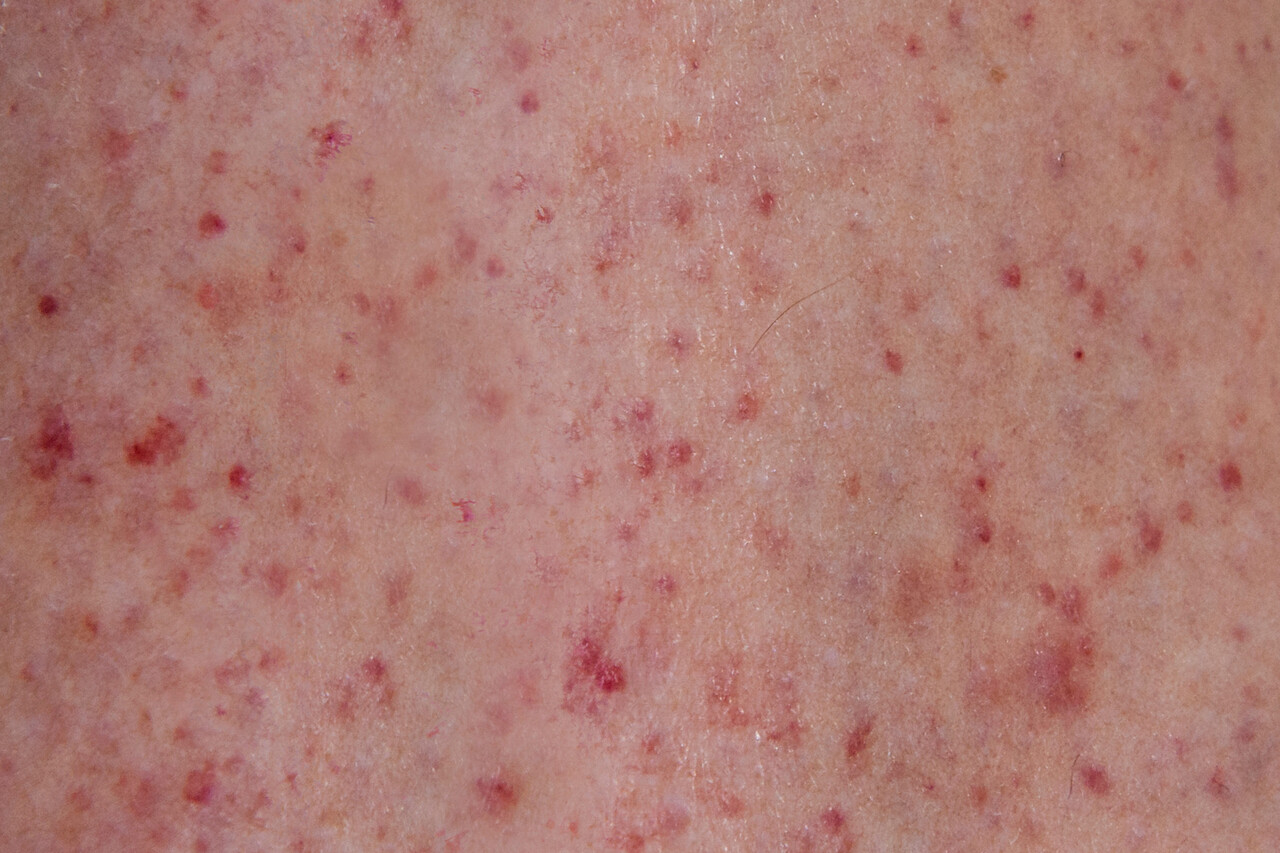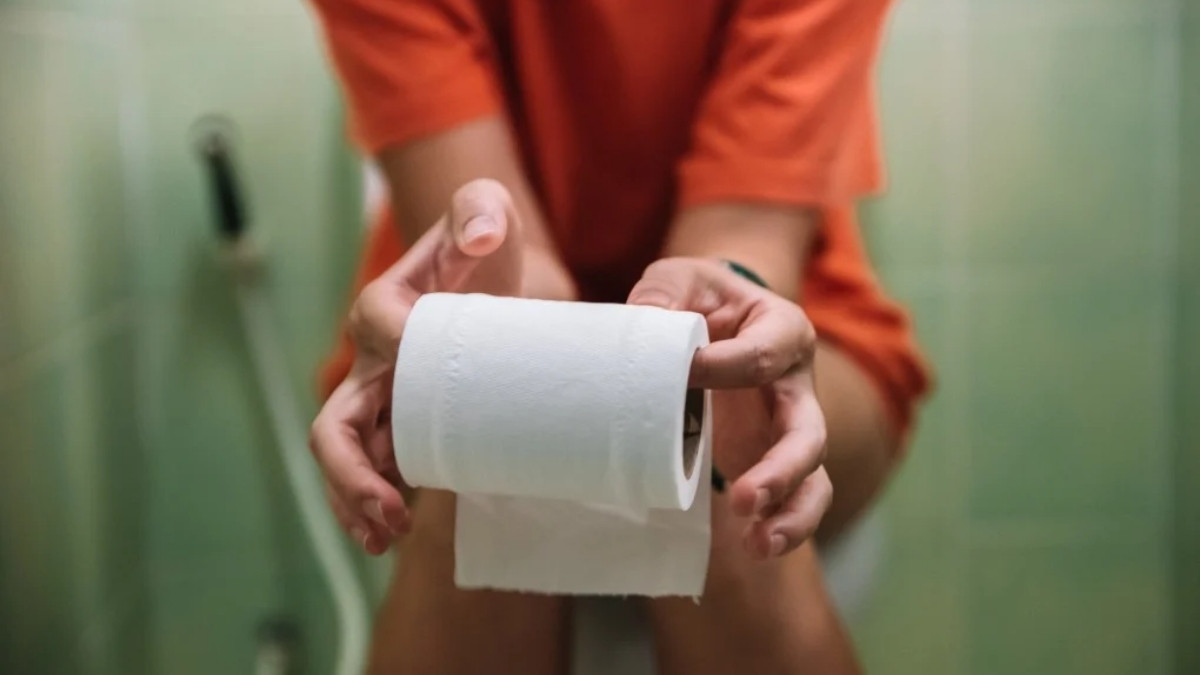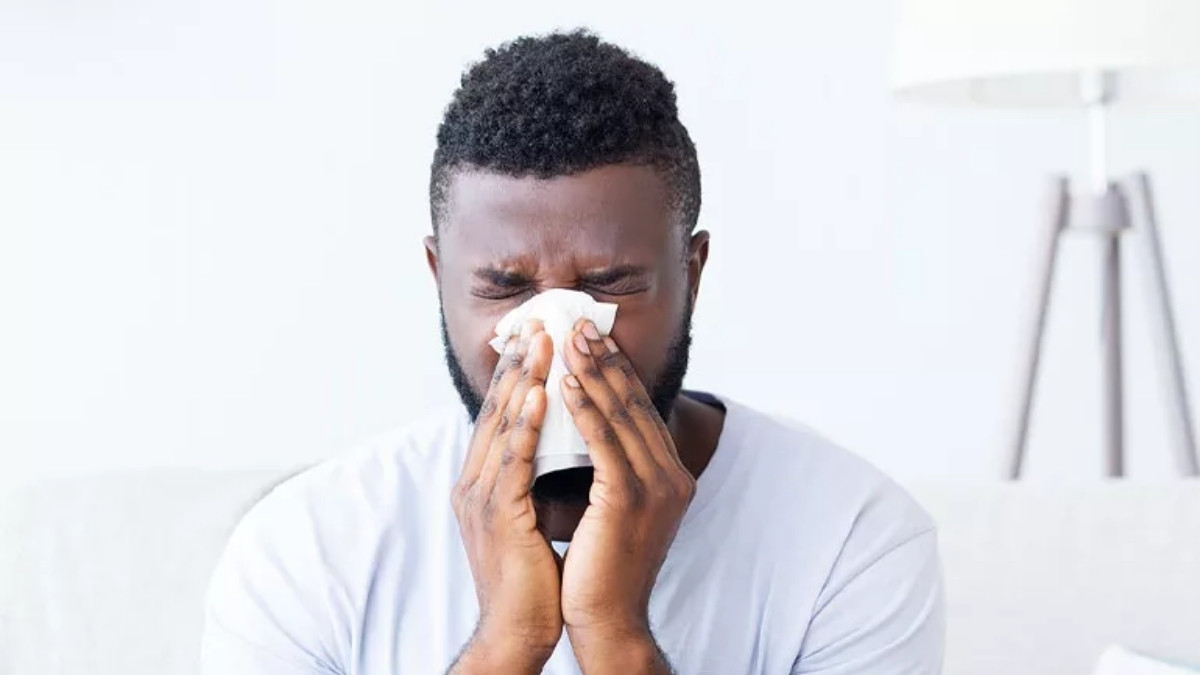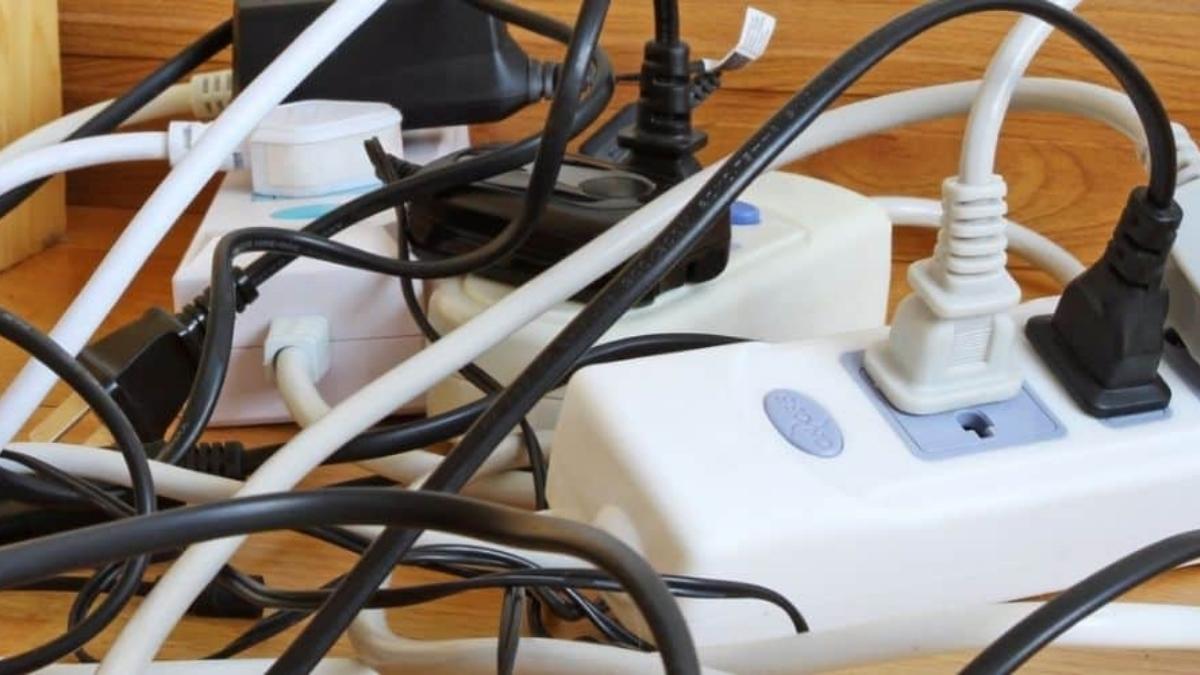Understanding Red Dots on Your Skin: Causes and Treatments
The appearance of red dots on the skin can have various causes. While some of these red spots disappear on their own, others require proper treatment to prevent complications. In this article, we will explore the most common reasons behind red dots on the skin, including both harmless and serious conditions. Additionally, we will discuss effective home remedies and when it is necessary to seek medical attention.

Common Causes of Red Dots on the Skin
1. Petechiae and Purpura
These tiny red or purple dots appear due to damaged blood vessels or capillaries beneath the skin. They can be caused by excessive strain from activities such as coughing, stress, or intense physical exertion. Petechiae and purpura can also result from certain medications or underlying conditions like platelet disorders. Although they are often harmless, persistent or widespread occurrences should be evaluated by a doctor.
2. Cherry Angiomas
Cherry angiomas are small, bright red, raised bumps that result from an overgrowth of blood vessels. They are typically harmless and commonly appear with aging. Although these growths do not require treatment, some individuals opt for removal through laser therapy or cryotherapy for cosmetic reasons.
3. Heat Rash (Miliaria)
Heat rash occurs when sweat becomes trapped in sweat ducts, leading to small, red, itchy bumps on the skin. It commonly affects areas prone to sweating, such as the neck, chest, and back, especially in hot and humid conditions. Wearing loose clothing and staying in cool environments can help prevent heat rash.
4. Allergic Reactions
Skin redness can also be a sign of an allergic reaction to food, medications, fabrics, chemicals, or insect bites. Allergies may cause red welts, hives, or itchy patches that persist until the allergen is removed from the environment. Over-the-counter antihistamines and soothing lotions may help alleviate symptoms.
5. Folliculitis
Folliculitis is the inflammation of hair follicles due to bacterial or fungal infections, leading to red, pus-filled bumps that may be itchy or painful. Mild cases can often be treated with antibacterial or antifungal washes, while severe cases may require prescription medication.
6. Cellulitis
Cellulitis is a bacterial skin infection that causes redness, swelling, warmth, and tenderness. This condition requires immediate medical attention and is treated with antibiotics to prevent serious complications, such as the spread of infection to deeper tissues.
7. Impetigo
Impetigo is a highly contagious bacterial skin infection, primarily affecting children. It causes red sores that open, ooze fluid, and form a honey-colored crust. Treatment typically involves antibiotics to prevent further spread.
8. Vasculitis
Vasculitis is an inflammation of blood vessels, often linked to autoimmune diseases or infections. This condition can cause red or purple patches on the skin, pain, and swelling. Since vasculitis may indicate underlying health concerns, medical evaluation is essential.
9. Hemangiomas
Hemangiomas are birthmarks that result from the abnormal growth of blood vessels. While most hemangiomas are harmless and fade over time, some may require medical intervention if they cause complications.
Home Remedies for Red Dots on the Skin
If red dots appear on your skin and are not caused by a serious condition, certain home remedies may help alleviate the symptoms and prevent further irritation. However, always consult a healthcare professional before trying any treatment.
1. Aloe Vera Gel
Aloe vera is widely known for its soothing and anti-inflammatory properties. Apply fresh aloe vera gel directly to the affected area twice a day, leaving it on for 15-20 minutes before rinsing with lukewarm water. Regular application can help reduce redness and irritation.
2. Coconut Oil Massage
Coconut oil has antibacterial and moisturizing properties that can aid in skin healing. Gently massage a small amount of virgin coconut oil onto clean skin and leave it overnight. Repeat the process until improvements are noticeable.
3. Dandelion Tea Detox
Dandelion root is believed to aid in detoxification, potentially improving skin health. To use this remedy, boil dandelion root powder in water, strain the liquid, and sip it throughout the day.
When to See a Doctor
While many causes of red dots on the skin are harmless, certain symptoms may indicate an underlying health issue requiring medical attention. Seek a doctor’s advice if:
- The red spots change in size, shape, or color.
- You experience additional symptoms such as fever, pain, or swelling.
- The rash spreads or worsens over time.
- You have a history of autoimmune disorders or blood disorders.
Conclusion
Red dots on the skin can be caused by various factors, ranging from harmless conditions like cherry angiomas to more concerning issues like vasculitis or cellulitis. Understanding the cause of these red spots is crucial for determining the appropriate treatment. While some cases may resolve on their own, others require medical intervention. Maintaining a healthy lifestyle, including a balanced diet rich in fruits, vegetables, and healthy fats, can also contribute to overall skin health.
If you found this article helpful, consider sharing it with friends and family to spread awareness about skin health!


